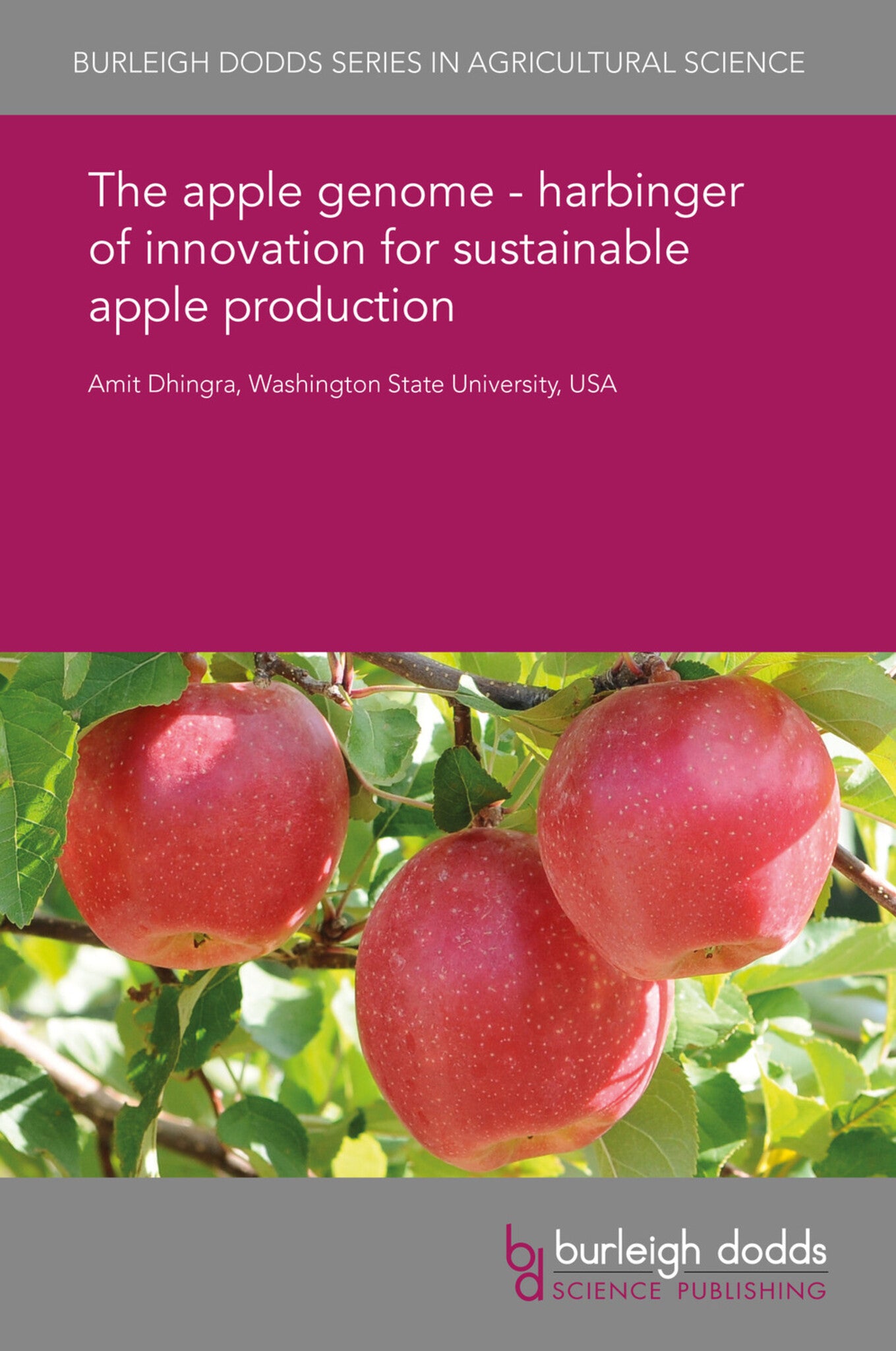We're sorry. An error has occurred
Please cancel or retry.
The apple genome – harbinger of innovation for sustainable apple production

Some error occured while loading the Quick View. Please close the Quick View and try reloading the page.
Couldn't load pickup availability
- Format:
-
22 June 2017


TECHNOLOGY & ENGINEERING / Agriculture / Agronomy / Crop Science, Commercial horticulture, TECHNOLOGY & ENGINEERING / Agriculture / Sustainable Agriculture, Agricultural science, Sustainable agriculture, Agronomy and crop production

1 Introduction 2 Brief overview of genome sequencing technology development 3 Sequencing of the apple genome and lessons learned 4 Harvesting the genome for improvement of apple 5 Utility of the apple genome in resolving issues in the apple industry 6 The future of genomics research in apple 7 Conclusion 8 Where to look for further information 9 References



